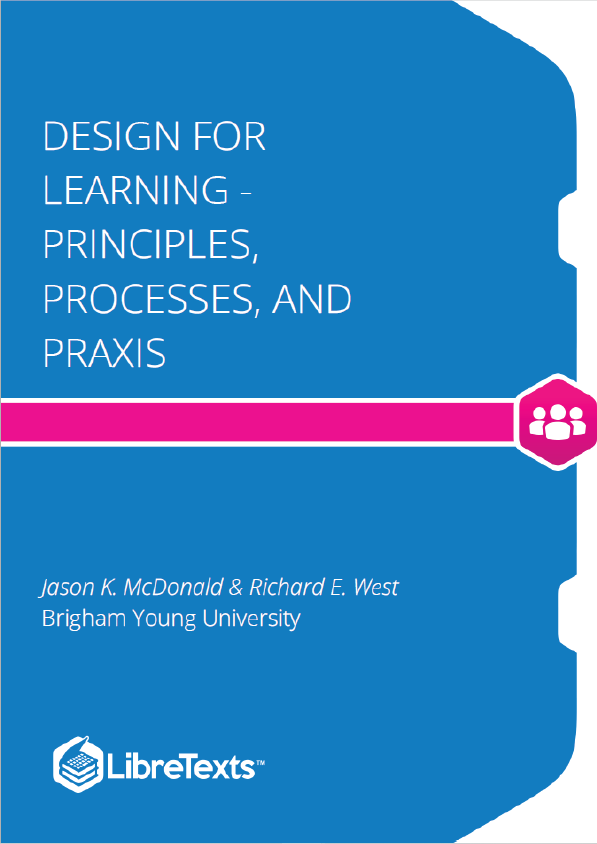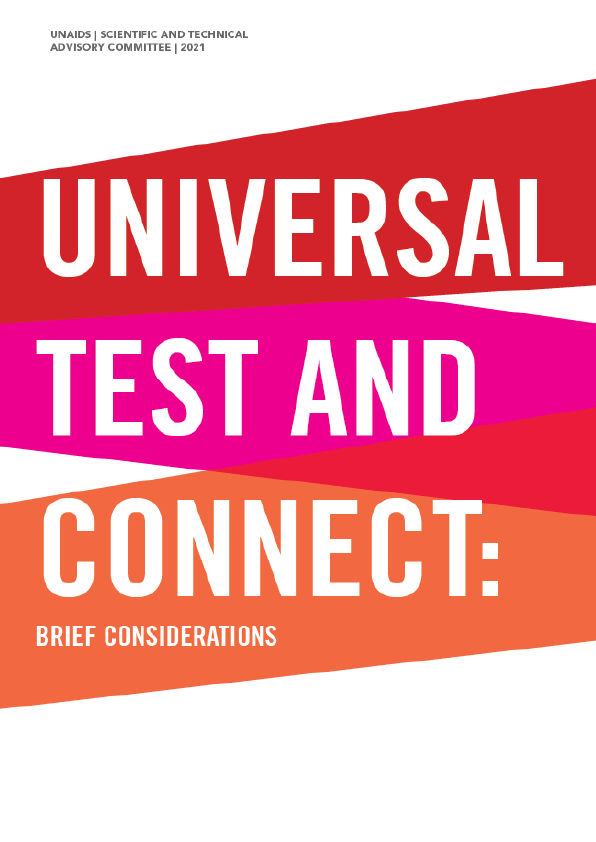Our purpose in this book is twofold. First, we introduce the basic skill set and knowledge base used by practicing instructional designers. We do this through chapters contributed by experts in the field who have either academic, research-based backgrounds, or practical, on-the-job experience (or both). Our goal is that students in introductory instructional design courses will be able to use this book as a guide for completing a basic instructional design project. We also hope the book is useful as a ready resource for more advanced students or others seeking to develop their instructional design knowledge and skills.
Our second purpose complements the first: to introduce instructional designers to some of the most current views on how the practices of design thinking contribute towards the development of effective and engaging learning environments. While some previous books have incorporated elements of design thinking (for example, processes like prototyping), to date no instructional design textbook focuses on design-oriented thinking as the dominant approach for creating innovative learning systems. Our aim is to provide resources to faculty and students for learning instructional design in a manner consistent with a design-oriented worldview. But because the classic approaches to instructional design are still important for many professionals, we also include chapters that introduce some of the traditional, systematic processes for designing instructional environments. We hope this blend of traditional and innovative views provides readers with a competitive advantage in their own work, providing them with a larger set of conceptual tools to draw on as they address the professional challenges they face.
This book is divided into two major sections. The first, Instructional Design Practice, covers how instructional designers understand, explore, create, and evaluate situations requiring educational interventions and the products or systems used to support them. In this section, chapters address how we understand diverse learners and their needs; how to explore and frame the educational problems one is solving; how to analyze the context and tasks associated with the problems; how to iteratively generate decisions, prototypes, and solutions; and how to evaluate and understand the effectiveness of an instructional design.
The second part, Instructional Design Knowledge, covers the sources of design knowledge, a variety of instructional design processes, approaches for designing instructional activities, and the relationships important for instructional design practice. This section includes chapters addressing learning/instructional theory, design precedent, both systematic and agile design processes, and practical strategies for using technology wisely, managing projects, and creating instructional activities. This book was developed as part of the EdTechBooks.org library of open textbooks. Thus, this book is openly licensed (CC-BYNC) and free to use, reuse, revise, remix, and redistribute, with proper citation. This platform provides many innovative features for students and faculty,











